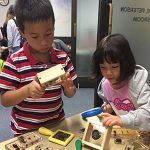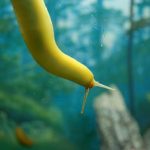Blog
Overlapping Wildlife at CuriOdyssey
Although CuriOdyssey is home to many exhibit and education animals, did you know that our animal keepers encounter interesting wildlife outside of our collection everyday? One of the benefits to having CuriOdyssey in a park is getting to observe the naturally occurring wildlife all around us. Some of the most common wild animals that you will see visiting our Hummingbird and Butterfly Gardens include: hummingbirds, swallowtail butterflies, American robins, house finches and dark-eyed juncos. Some of the larger birds that occasionally fly over the museum are peregrine falcons, osprey, red-shouldered hawks, red-tailed hawks, ravens and turkey vultures. Every morning our keepers find wild vultures roosting on top of our aviaries and sometimes see a group of vultures flying overhead (also known as a kettle).
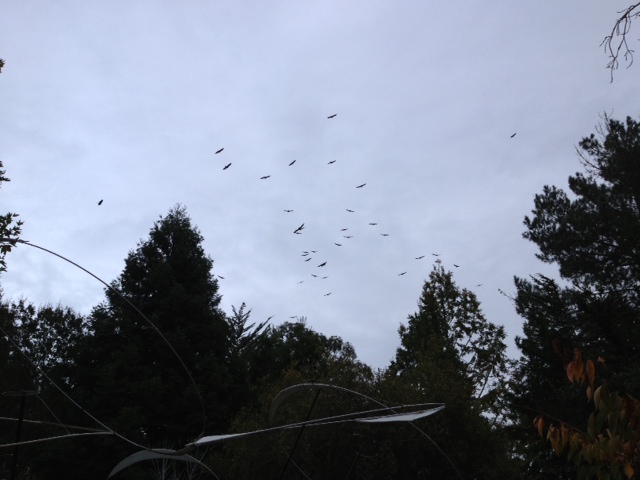
Wild squirrels, skunks and raccoons can also be seen around CuriOdyssey. The following picture was taken of a raccoon high in a tree in our garden area:

These wild animals generally stay away from people and prefer to be left alone. It is always best to observe these animals from a distance and not disturb them. The only time our keepers interact with these animals is to remove them from exhibits for their safety and the safety of our animals. Below is a picture of a Northern Pacific tree frog that was found in our river otter exhibit. Although we’re sure our river otters would have loved it (probably as a snack) it was removed and placed in our gardens. What a lucky frog!

California slender salamanders and arboreal salamanders also share the park with us. This arboreal salamander was found in our North American Raccoon exhibit and was released into a garden planter. They have also been seen in our Walk-Through Aviary on occasion. They are endemic to California and Baja California, meaning, this species is found in those two places and no where else in the world.

Interesting fungi have also been seen on CuriOdyssey grounds. This basket stinkhorn mushroom was in our Walk-Through Aviary a few weeks ago. They always smell like they are decomposing to attract flies. This is because flies help spread their spores!
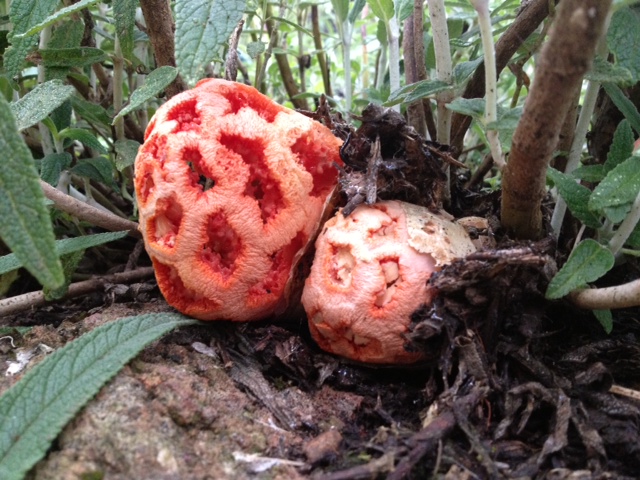
During spring, visitors may also notice a lot of bird activity as they build nests and raise chicks. The nest below was found by a keeper next to our burrowing owl exhibit. Although we are not sure what species created this nest, keepers speculate that based on the size of the nest, it was an American robin or a towhee.
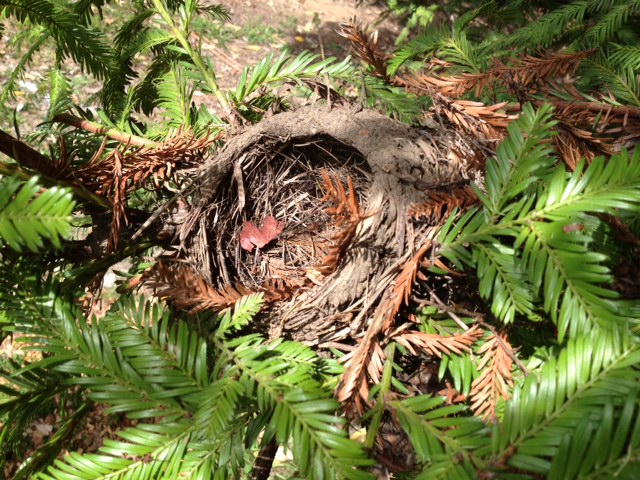
The next time you visit CuriOdssey, be sure to observe all the wildlife that overlaps with our exhibits and gardens. The animal keepers want to know: What wildlife have you noticed on CuriOdyssey grounds?
– post and photos by Rachael Rufino
Join the CuriOdyssey Community
LOCATION
1651 Coyote Point Drive
San Mateo, CA 94401
Ohlone Land Acknowledgement
650-342-7755
info@curiodyssey.org
CuriOdyssey is a 501(c)(3) non-profit, Tax ID 94-1262434


